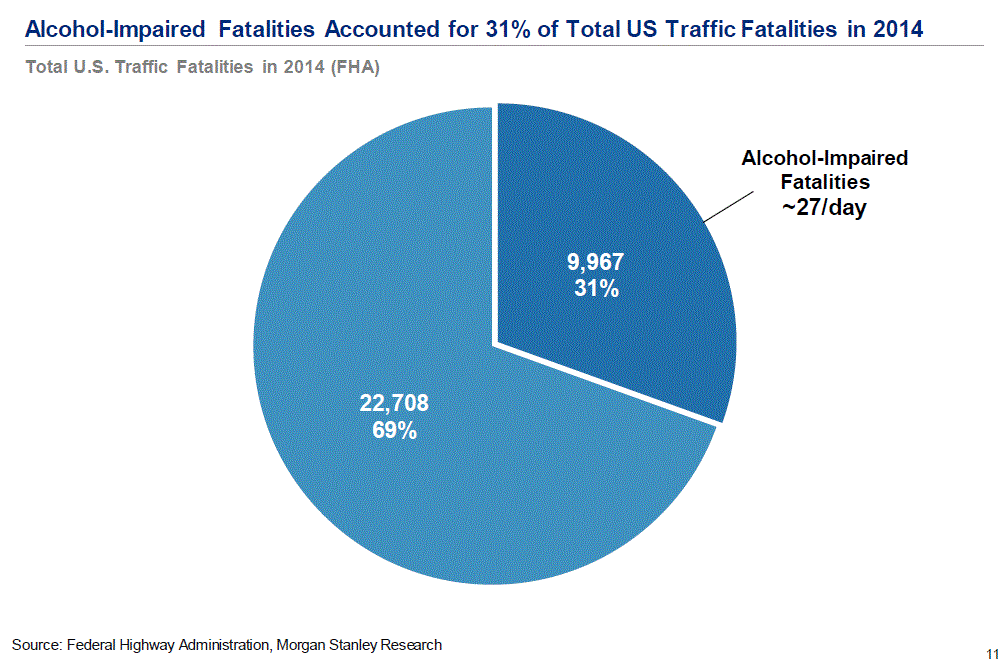

In fact, it is likely to fall so much that it turns negative as Pollyanna's consumption exceeds income. However, should Pollyanna's income fall to zero (perhaps due to a temporary bout of unemployment), then her saving is bound to fall. A typical consumer such as Pollyanna Pumpernickel is bound to base personal saving on available income. However, it does have a pragmatic interpretation, especially for individuals. Autonomous saving generally surfaces primarily as a theoretical extreme, at least for the aggregate household sector-the amount of saving undertaken in the unlikely event that household sector income is zero. However, some saving (actually negative saving) takes place independent of income. The bulk of saving falls in the induced category because people are prone to base saving on available income. In other words, household saving can be divided into: (1) a baseline amount of saving which, in theory, would be undertaken even if the household sector had no income and (2) additional saving that results from the income available to the household sector. The other is induced saving, saving that is based on the level of income or production. This is one of two basic classifications of saving. Autonomous saving is saving by the household sector that is unrelated to and unaffected by the level of income or production. The alternative to autonomous saving is induced saving, which does depend on income.

It is measured by the intercept term of the saving function or the saving line. Autonomous saving is best thought of as a baseline level of saving (usually negative) that the household sector undertakes in the unlikely event that income falls to zero. That is, changes in income do not generate changes in saving.

However, it's also central throughout the study of macroeconomics, including aggregate demand and the measurement of gross domestic product.ĪUTONOMOUS SAVING: Household saving that does not depend on income or production (especially disposable income, national income, or even gross domestic product). This equation surfaces in the Keynesian economic income-expenditure model in the form of the aggregate expenditures line. It does not store any personal data.AmosWEB means Economics with a Touch of Whimsy!ĪGGREGATE EXPENDITURE EQUATION: An equation indicating that aggregate expenditures (AE) are the sum of consumption expenditures (C), investment expenditures (I), government purchases (G), and net exports (X-M), stated as: AE = C + I + G + (X-M). The cookie is set by the GDPR Cookie Consent plugin and is used to store whether or not user has consented to the use of cookies. The cookie is used to store the user consent for the cookies in the category "Performance". This cookie is set by GDPR Cookie Consent plugin. The cookie is used to store the user consent for the cookies in the category "Other. The cookies is used to store the user consent for the cookies in the category "Necessary". The cookie is set by GDPR cookie consent to record the user consent for the cookies in the category "Functional". The cookie is used to store the user consent for the cookies in the category "Analytics".

These cookies ensure basic functionalities and security features of the website, anonymously. Necessary cookies are absolutely essential for the website to function properly.


 0 kommentar(er)
0 kommentar(er)
